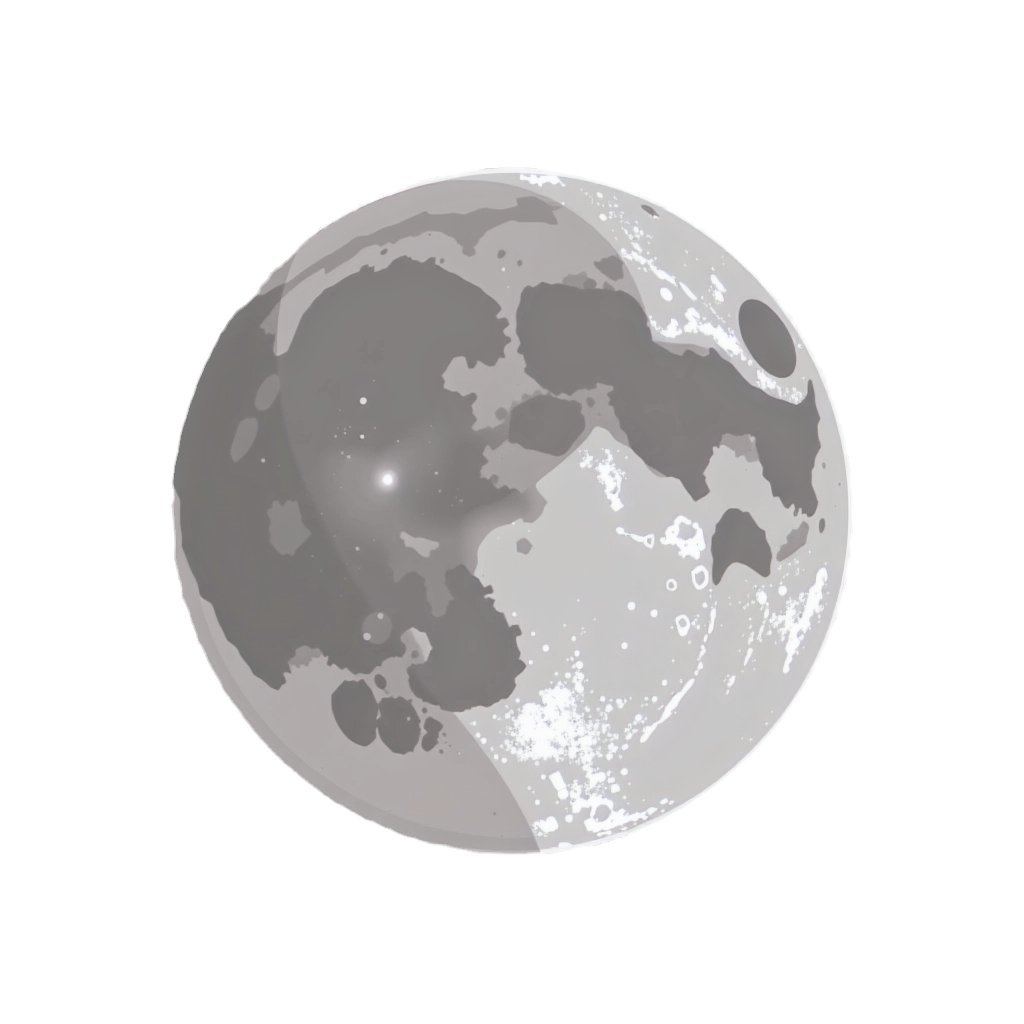


THIS DAY IN SPACE
GET READY TO EMBARK ON A VOYAGE OF DISCOVERY AND INSPIRATION.


Curious what happened today in space history?
Keep scrolling
LETS
GET
STARTED!
This Day in Space is your cosmic calendar, uncovering remarkable astronomical events and space milestones
that happened on today’s date — whether decades ago or just last year.
From rocket launches and moon landings to supernovae sightings and black hole breakthroughs,
we bring you two carefully curated events for every day of the year.
No more endless searching.
just scroll, discover, and be inspired
by humanity's journey beyond Earth — one day at a time.




Soyuz TMA-05M launched to the ISS, carrying a multinational crew. This contributed to the ongoing scientific research and operations aboard the station.
Launch of Soyuz TMA-05M to ISS
Launch of Soyuz TMA-05M to ISS
Soyuz TMA-05M launched to the ISS, carrying a multinational crew. This contributed to the ongoing scientific research and operations aboard the station.
THE BRIEF
PICK ANY DATE
OF YOUR CHOICE
TO BEGIN A LEARNING JOURNEY
ACROSS THE COSMOS


















1200
1300
1400
1500
1600
1700
1800
1900
2000
2100
LY

KEEP
SCROLLING

TO

SEE


WHAT

IDEAS I

CAME

UP

YOU
WITH

LETS DISCOVER
FAR BEYOND OUR IMAGINATION
Add paragraph text. Click “Edit Text” to update the font, size and more. To change and reuse text themes, go to Site Styles.
EXPLORE
1972 - Apollo 17 Moon Landing
1998 - STS-88: First ISS Assembly Mission
All set? Click the button below!










Apollo 17 Moon Landing
On December 11, 1972, NASA's Apollo 17 mission successfully landed on the Moon, marking the sixth and final time humans have walked on its surface. Astronauts Eugene Cernan and Harrison Schmitt descended in the lunar module Challenger to the Taurus–Littrow valley, while Ronald Evans remained in orbit aboard the command module America. This mission was historically significant for several reasons: it was the only Apollo mission to include a professional geologist—Schmitt—on the lunar surface, enabling detailed geological exploration and sample collection. The astronauts spent over 22 hours conducting extravehicular activities (EVAs), collecting 110.5 kg of lunar samples and deploying scientific instruments, including a gravimeter and seismic explosives to measure subsurface structures. The Lunar Roving Vehicle was used to cover greater distances, and the mission captured some of the most iconic images of the Moon. Apollo 17 also brought back important data on the Moon’s composition and helped refine theories about its volcanic history. Cernan famously left the last human bootprint on the Moon, stating, 'We leave as we came, and, God willing, as we shall return, with peace and hope for all mankind.'
STS-88: First ISS Assembly Mission
On December 11, 1998, the Space Shuttle Endeavour’s STS-88 mission played a historic role in human space exploration by completing the first major assembly step of the International Space Station (ISS). The crew successfully connected the U.S.-built Unity module to Russia’s Zarya module, forming the ISS's initial backbone. Astronauts performed three spacewalks to make the physical and electrical connections, marking a major milestone in international space cooperation. Unity, the first U.S.-built module of the ISS, provided docking ports and internal access that would later support future modules and visiting spacecraft. STS-88 was crucial in demonstrating the feasibility of orbital construction, a key component for building a large, permanently inhabited platform in space. The mission also tested new tools and procedures for on-orbit assembly. Over time, the ISS would grow into the largest and most ambitious space laboratory ever constructed, but this mission marked the first successful physical union of its components. It also highlighted the increasing collaboration between former Cold War rivals, the United States and Russia, in space. The mission’s legacy lies in how it helped lay the foundation for over two decades of continuous human presence aboard the ISS, advancing science, diplomacy, and engineering in space.

25
CUPS OF COFFEE DRANK IN THE PROCESS.
We created this project
to celebrate the rich timeline of
space exploration and
astronomical discoveries,
one day at a time.
Whether it’s the launch of a
legendary spacecraft,
the discovery of a distant moon,
or a historical mission milestone —
we believe every space event deserves
to be remembered.

"This Day In Space" is more than a calendar.
It’s our way of connecting people with
the vast, beautiful history of the universe. With each entry,
we aim to spark curiosity, awe, and
a sense of wonder about the cosmos.
SO WE CHASED COMETS,
DANCED WITH ECLIPSES,
CHARTED CENTURIES THROUGH STARS,
AND NAMED MYTHS ON MOONS.
NOT BAD FOR A TIMELINE,
MEASURED IN COSMIC FOOTSTEPS.
IF YOU'RE STILL READING THIS—
I GUESS SPACE DID HOLD YOUR ATTENTION

THANK YOU FOR
COMING ALONG ON
THIS JOURNEY.
CREATED BY PRANSHU VERMA AND ANANYA BURRA
CREATED BY PRANSHU VERMA AND ANANYA BURRA
CREATED BY PRANSHU VERMA AND ANANYA BURRA
